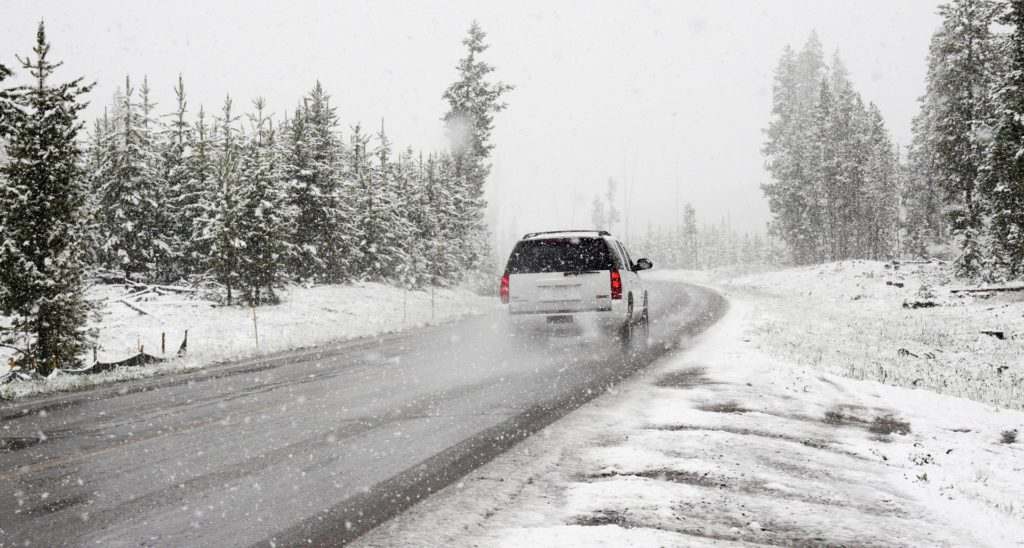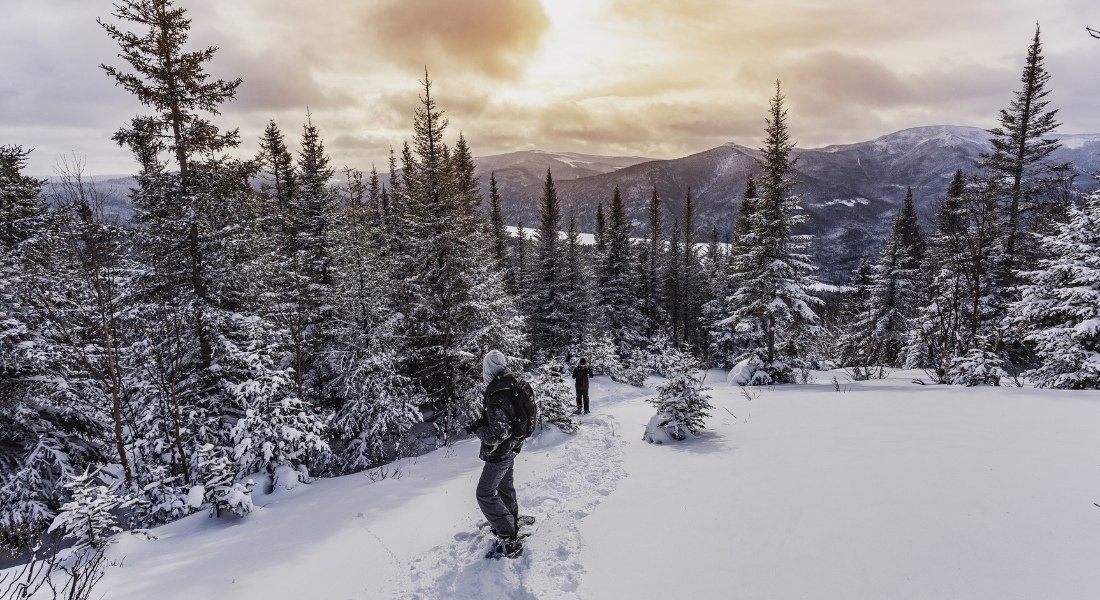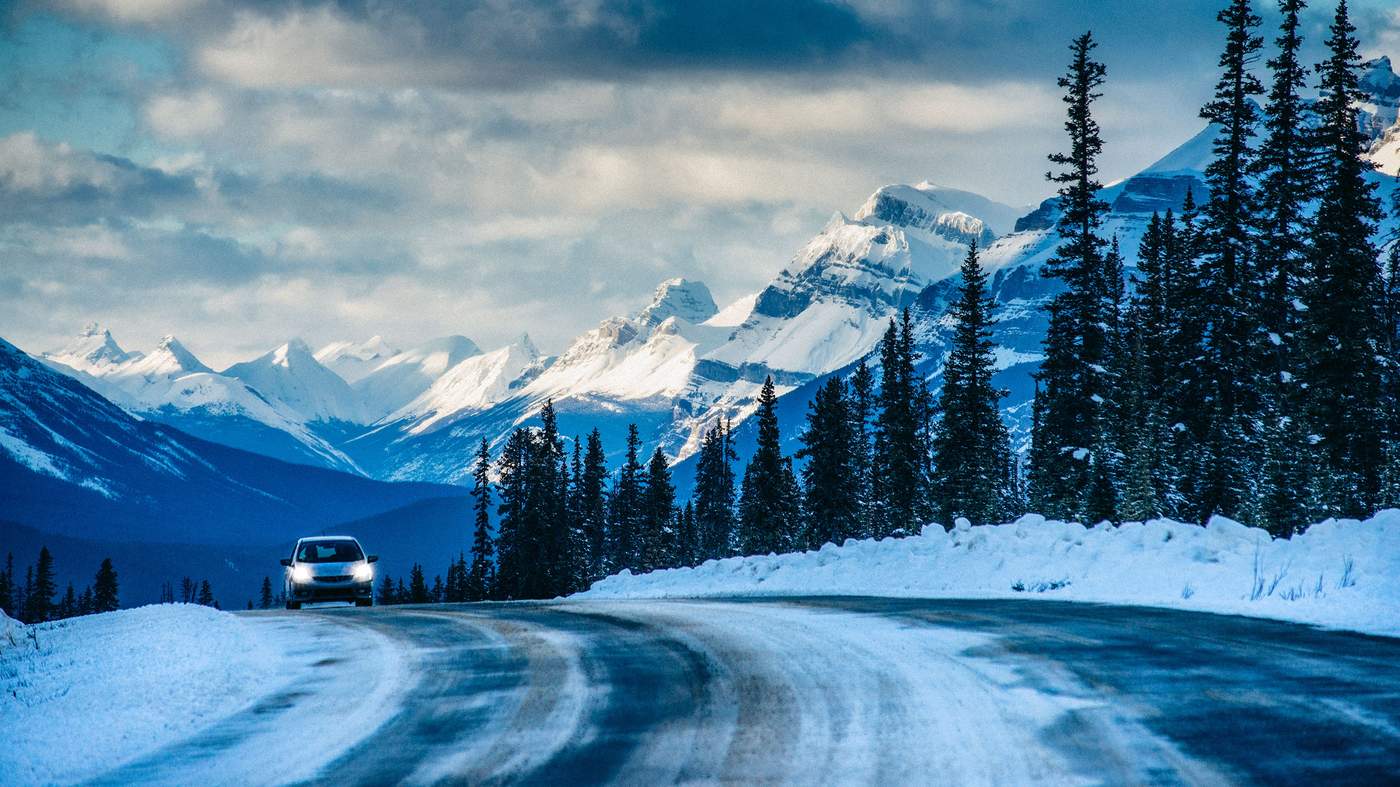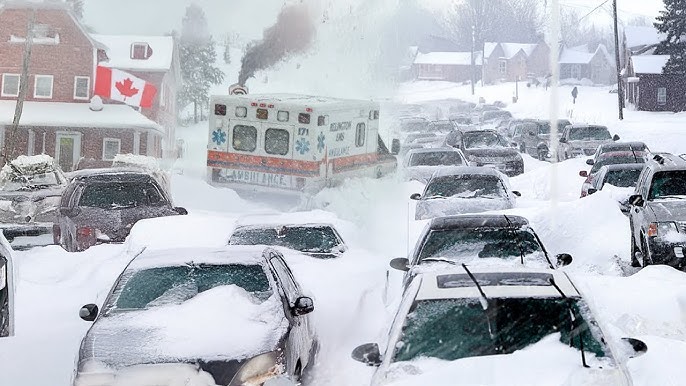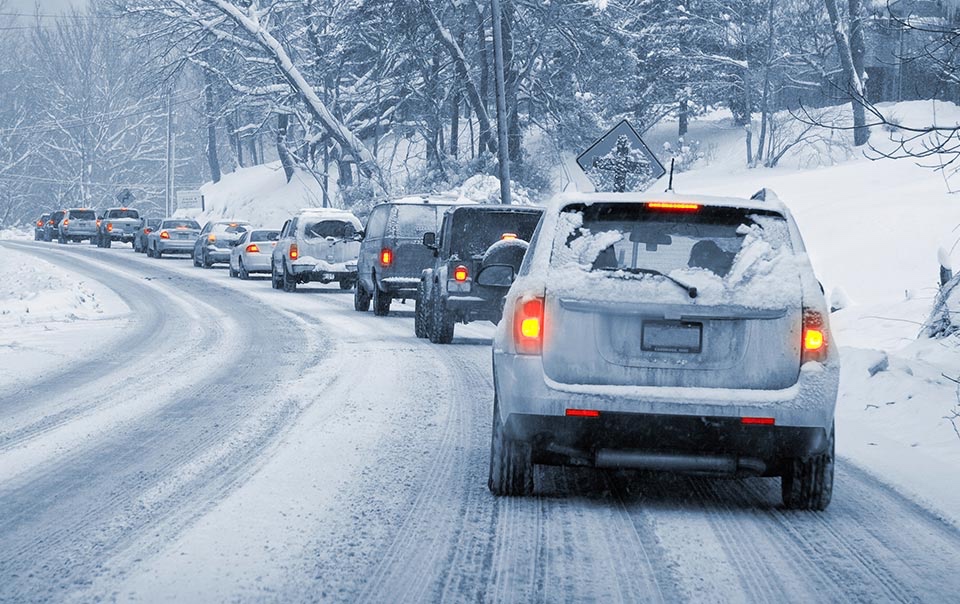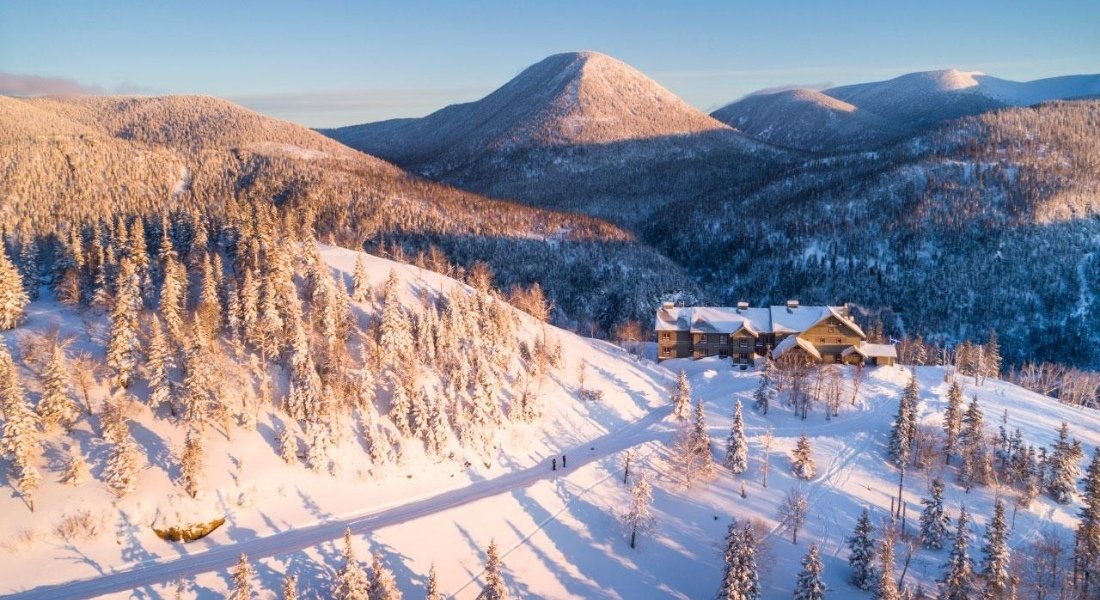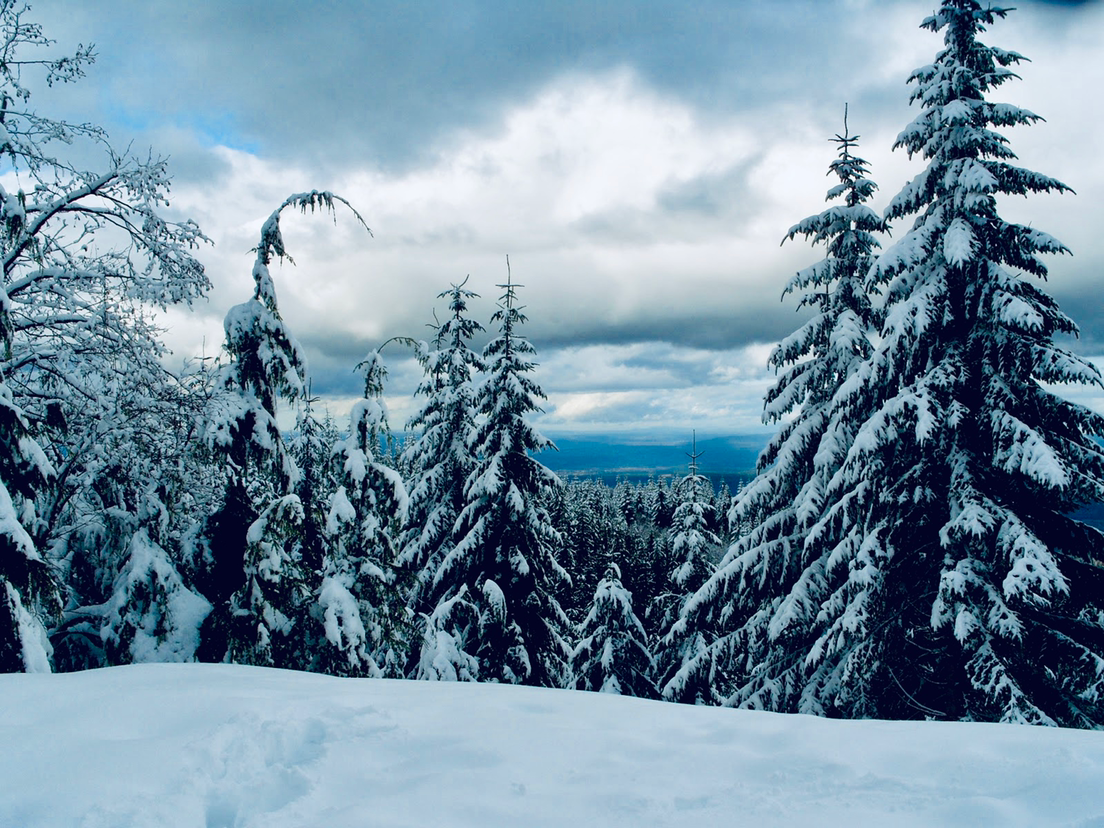
Prairie Winds and Whiteout Preparation
Prepare for intense wind chills that make minus 20°C feel like minus 40°C or colder requiring superior cold-weather protection. Watch for sudden whiteout conditions where blowing snow eliminates all visibility, carry extra blankets and emergency supplies due to remote distances between towns, secure all vehicle exterior items against high winds, and monitor weather forecasts closely before traveling across open Prairie regions.
